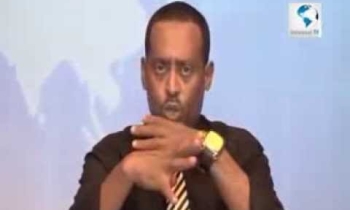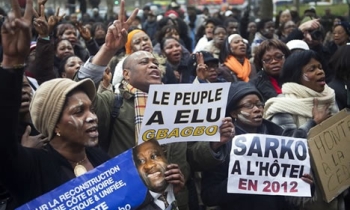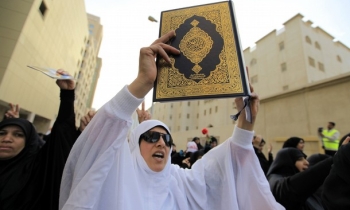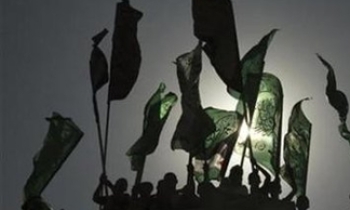NEW DELHI: Subhash Chandra, head of India's biggest media group, and his partner will invest 7 billion rupees, or $154 million, to publish a newspaper in the capital, betting that increasing readership will lift advertising revenue.
Daily News & Analysis, or DNA, plans to start its New Delhi edition and elsewhere in India within a year, Ashish Kaul, senior vice-president of Chandra's Essel Group, said in a recent phone interview.
"The intention is to go national, and we are keen on a wider rollout," Kaul said from Mumbai, where Essel is based. "The investments will be made jointly and spread over four or five years," Kaul said. About 1 billion rupees earmarked for the daily has already been spent.
Rising incomes in the world's second-most populous nation are spurring Samsung Electronics and Ford Motor to take out more print advertisements in India, one of only two major markets where newspaper readership is growing. Dow Jones, publisher of The Wall Street Journal, will sell content branded under the newspaper's name to the Delhi publisher HT Media, following Pearson's purchase of a minority stake in The Business Standard newspaper and printing a few pages of The Financial Times in The Standard under a syndication agreement.
Dow Jones changed its Asian and European editions to a tabloid format in October of last year to cut costs. HT Media has hired Raju Narisetti, former managing editor of The European Wall Street Journal, to start a business daily, with an initial investment of $8.5 million.
Bloomberg, the parent of Bloomberg News, competes with Dow Jones in selling financial news and information.
Essel is the holding company for India's biggest listed media company, Zee Telefilms, which runs the Zee television channels.
Essel Group has a stake in Diligent Media, which in turn owns DNA. Chandra's partner in Diligent Media is Dainik Bhaskar, named after India's second-biggest-selling Hindi-language newspaper.
Publishers like DNA and its rival, Deccan Chronicle Holdings, are starting new editions and charging more for advertising as India, like China, bucks the general global trend of falling newspaper circulation and readership.
The Times of India Group, the 168- year-old Mumbai-based publisher of the nation's most-read English daily, sold the entire front page of its Sunday Mumbai Mirror tabloid to Suwon, South Korea-based Samsung on Oct. 15, so Asia's biggest electronics maker could promote a flat-screen television.
The Economic Times, another Times of India Group publication, regularly carries color-display advertisements on its pink sheets from companies like Air France-KLM and MasterCard, selling air travel and credit cards to an increasingly affluent group of Indian business executives.
While the 7 billion rupees will be spent in phases for multiple future editions, DNA's expansion budget exceeds those announced by local rivals.
Hindustan Times, the flagship of HT Media, invested about $12 million to start its Mumbai edition, while Deccan Chronicle Holdings, the publisher that reported a sixfold rise in quarterly profit on Monda, has announced plans to borrow as much as $152 million.
Last year, the print media accounted for 47 percent of India's total advertising revenue of about 130 billion rupees, according to Businessworld Marketing Whitebook data cited in the share-sale prospectus of Global Broadcast News, a broadcaster, issued in August. At 54.5 billion rupees, television's share was 42 percent.
"India's economic maturity is spawning a new breed of advertisers, and they will continue to grow," said R.K. Gupta, who manages the equivalent of $66 million, including 100,000 shares of Zee Telefilms, at Credit Capital Asset Management. "Companies are realizing that print offers 'reviewability.' More advertisements for mutual fund subscriptions and other data-heavy matter will be sold to print. India's advertising saturation is a long way off."
India's advertising spending as a share of gross domestic product, at 0.34 percent, was lower than 0.55 percent for China, 0.72 percent for the Philippines, 1.12 percent for Singapore and the world average of 0.98 percent, according to ZenithOptimedia, whose data were cited by radio broadcaster Entertainment Network India in its 2005 share- sale prospectus.
Along with that of China, newspaper circulation in India rose in 2004, while sales declined in the United States, according to the World Association of Newspapers, which represents 18,000 newspapers worldwide. Sales of newspapers in India rose 8 percent in 2004 and 14 percent in the past five years, according to the association.
In the national capital, DNA will face stiff competition. Traditional rivals like Times of India and Hindustan Times have said they plan a new daily to be published as a joint venture in New Delhi.
Essel Group has sought to bolster its presence in print by trying to acquire an unspecified stake in United News of India, one of the nation's two major newswires, the second being the dominant Press Trust of India. Both agencies are nonprofit cooperatives owned by newspapers.









